Sancocho is a hearty stew that’s a staple in many Latin American countries, but it holds a special place in Dominican cuisine. This rich, flavorful dish combines a variety of meats and vegetables, creating a savory and comforting meal perfect for any occasion.
Whether it’s a family gathering, a festive celebration, or simply a comforting meal on a rainy day, Dominican Sancocho recipe is sure to satisfy.
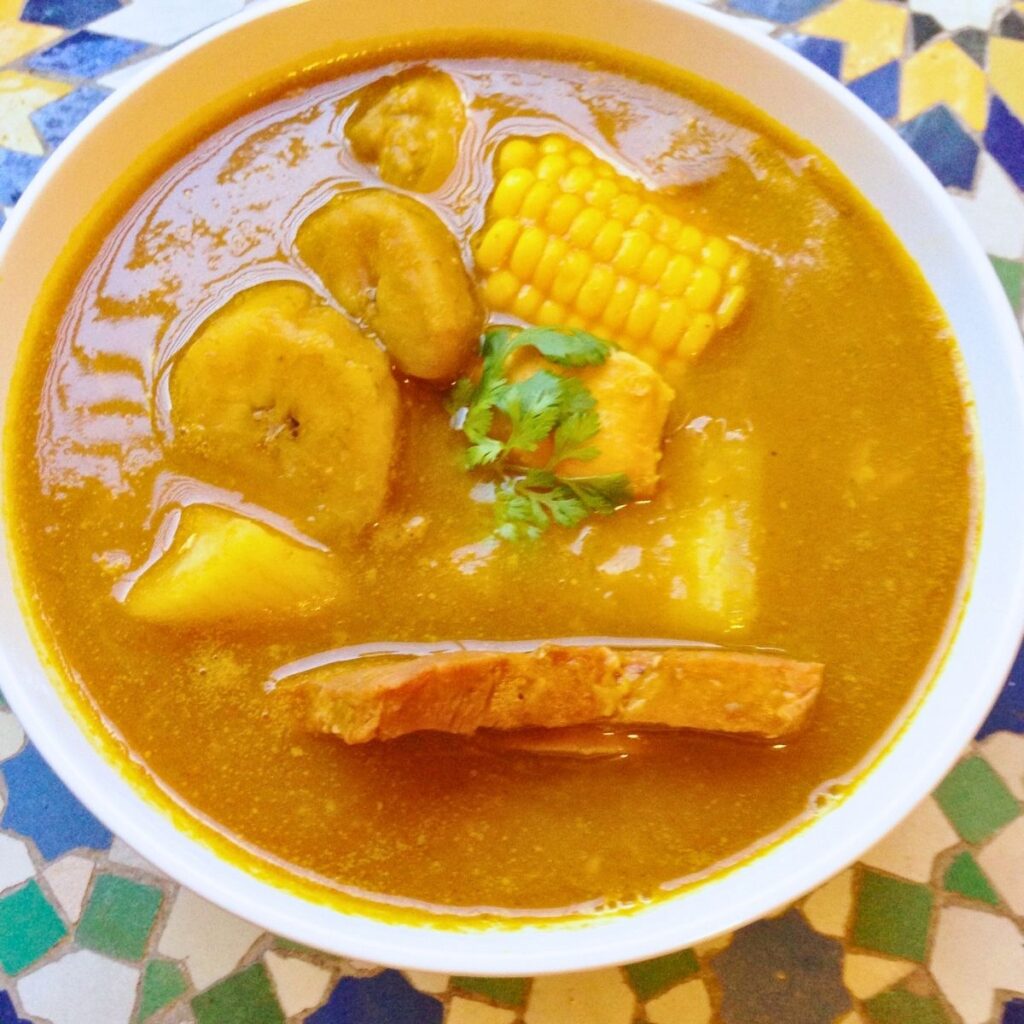
Imagine a steaming bowl filled with chunks of tender meat, vibrant vegetables, and a broth so flavorful it feels like a warm hug. That’s Sancocho in its essence. Each ingredient contributes to the stew’s complex flavor profile, making every spoonful a new experience.
History of Sancocho in the Dominican Republic
Sancocho has deep roots in the Dominican Republic, tracing back to Spanish colonization and African influences. The dish has evolved over centuries, incorporating local ingredients and flavors unique to the island. Traditionally, Sancocho was a way to use up various cuts of meat and seasonal vegetables, making it a practical and economical meal. Today, it remains a beloved part of Dominican culinary heritage, celebrated for its complexity and heartwarming taste.
The history of Sancocho is as rich as the dish itself. In the early days of the Dominican Republic, resources were often limited, and people had to make the most of what was available. This necessity led to the creation of Sancocho, a stew that could incorporate whatever meats and vegetables were on hand. Over time, as trade and agriculture developed, the recipe became more refined and specific to the region’s flavors.
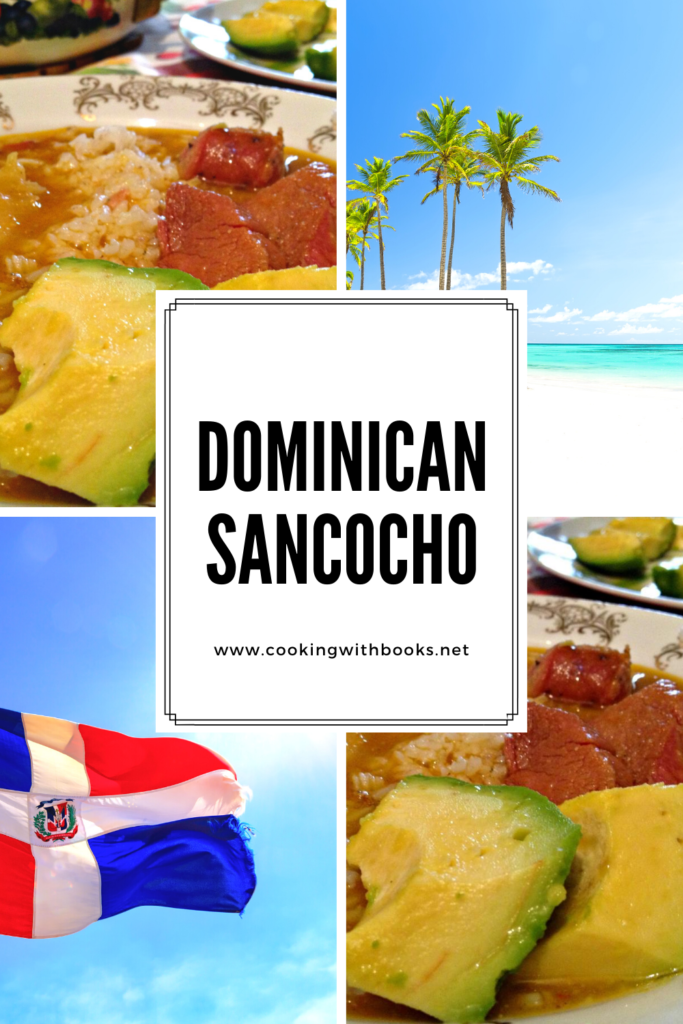
Credits to Cooking With Books
Ingredients for Dominican Sancocho
Traditional Ingredients
To make an authentic Dominican Sancocho, you’ll need a mix of meats and vegetables that create its distinct flavor. Here are the essentials:
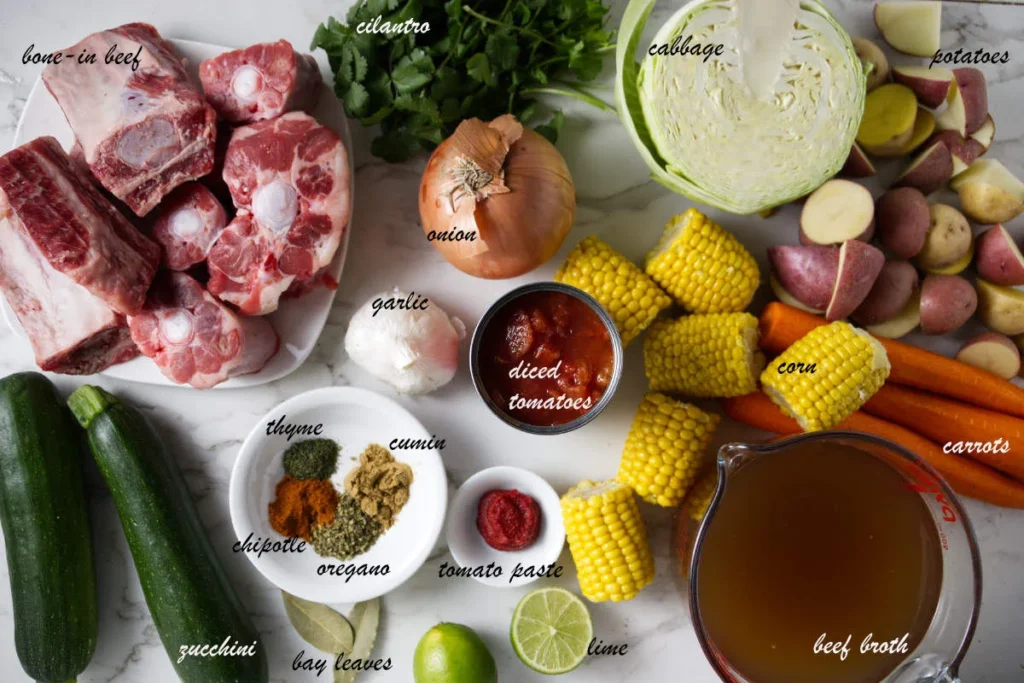
- Meats: Beef (often flank or brisket), pork (ribs or shoulder), chicken, and sometimes sausage.
- Vegetables: Plantains, yucca, yautía (taro root), potatoes, and corn on the cob.
- Aromatics and Seasonings: Garlic, onions, cilantro, oregano, and adobo seasoning.
- Broth Base: Beef or chicken broth, along with water to adjust consistency.
Each ingredient in Sancocho plays a vital role. The meats provide a hearty base, while the vegetables add different textures and flavors. The aromatics and seasonings tie everything together, creating a dish that’s more than the sum of its parts. The key is to balance these elements so that no single ingredient overpowers the others.
Optional Ingredients
While the traditional ingredients are crucial, there are several optional additions that can enhance your Sancocho:
- Tubers: Sweet potatoes, malanga, and ñame (yam) for added texture and flavor.
- Other Meats: Goat or smoked pork for a more robust taste.
- Seasonings: Sazón, paprika, or even a hint of cumin for extra depth.

Optional ingredients allow you to customize the Sancocho to your liking. For instance, adding sweet potatoes can introduce a slight sweetness that complements the savory flavors. Similarly, smoked meats can give the dish a smoky depth that’s incredibly satisfying.
Ingredient Substitutions
If you can’t find certain ingredients, don’t worry. Here are some substitutions that can work well:
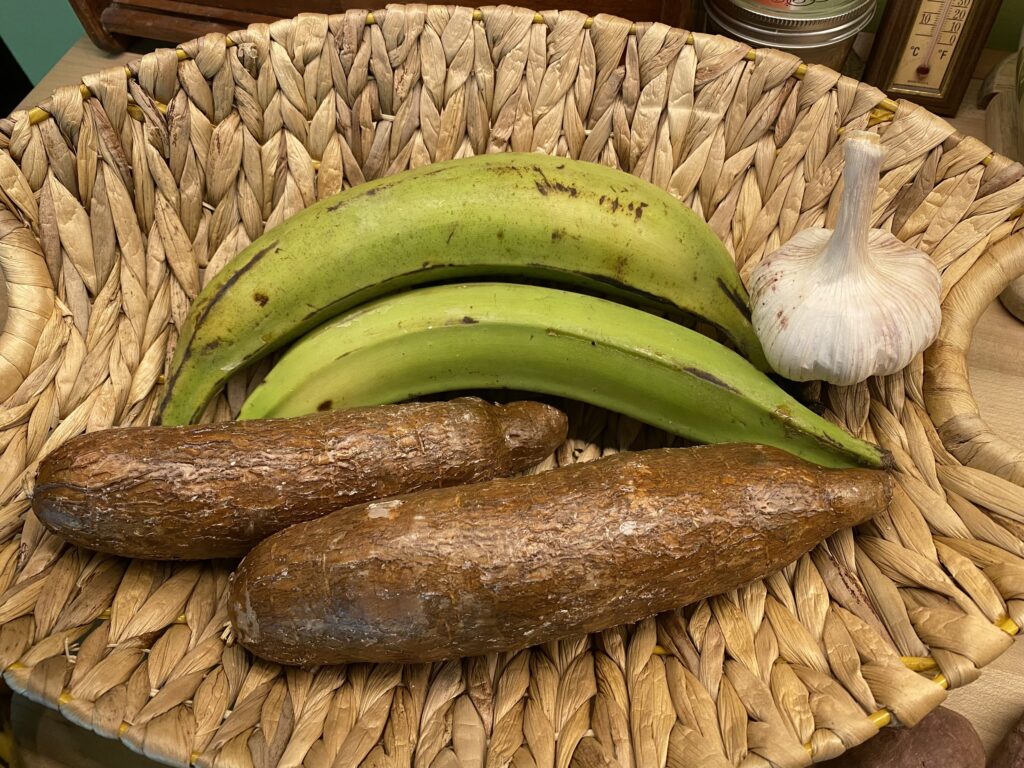
- Plantains: Use green bananas if plantains are unavailable.
- Yautía: Substitute with parsnips or additional potatoes.
- Cilantro: Fresh parsley can be used as a less intense alternative.
Substitutions ensure that you can still make a delicious Sancocho even if you don’t have all the traditional ingredients. The key is to maintain the balance of flavors and textures that define the dish. For example, green bananas can mimic the starchy texture of plantains, while parsnips can provide a similar earthiness to yautía.
Step-by-Step Instructions
Preparing the Ingredients
- Meats: Cut the meats into manageable pieces. Season them with a blend of garlic, oregano, and adobo seasoning. Let them marinate for at least 30 minutes to absorb the flavors.
- Vegetables: Peel and chop the vegetables into large chunks. This ensures they hold up during the long cooking process.
- Aromatics: Finely chop the onions and garlic. Roughly chop the cilantro.

Preparing the ingredients properly is crucial for a successful Sancocho. Marinating the meats not only infuses them with flavor but also helps tenderize them. Similarly, chopping the vegetables into large chunks ensures they don’t disintegrate during the long cooking time. Taking the time to finely chop the aromatics will ensure they blend seamlessly into the broth.
Cooking the Sancocho
- Browning the Meats: In a large pot, heat some oil over medium-high heat. Brown the meats in batches to develop a deep flavor.
- Building the Base: Once the meats are browned, add the onions, garlic, and cilantro. Cook until the onions are translucent.
- Adding Broth and Vegetables: Pour in the broth and bring it to a boil. Add the tougher vegetables like yucca and yautía first. After about 20 minutes, add the remaining vegetables.
- Simmering: Reduce the heat to low and let the Sancocho simmer for about 1.5 to 2 hours. Stir occasionally and add water if needed to maintain a thick, stew-like consistency.

The cooking process for Sancocho is methodical, ensuring that each component is cooked to perfection. Browning the meats first helps build a rich flavor base for the stew. Adding the vegetables in stages ensures that each one is cooked properly and maintains its texture. The long simmering time allows all the flavors to meld together, creating a stew that’s deeply flavorful and satisfying.
Serving Suggestions
Sancocho is best enjoyed hot, straight from the pot. Serve it in deep bowls with a side of white rice and a wedge of lime. For an authentic touch, accompany it with avocado slices and a sprinkle of fresh cilantro. Many Dominicans also enjoy it with tostones (fried plantains) or a piece of crusty bread to soak up the rich broth.
Serving Sancocho is almost as important as making it. The accompaniments like white rice and lime help balance the rich flavors of the stew. Avocado slices add a creamy contrast, while tostones or crusty bread provide a satisfying crunch. These elements not only enhance the meal but also make it more filling and well-rounded.
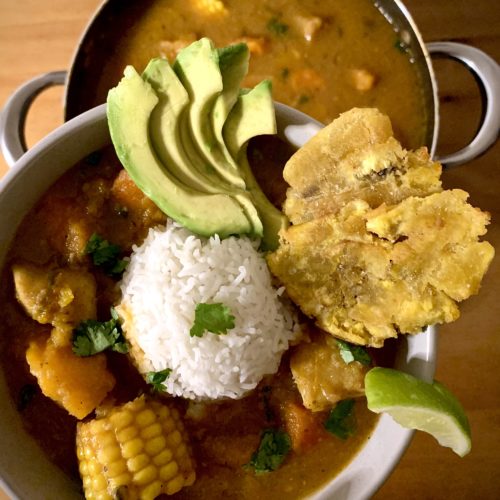
Tips and Tricks for the Perfect Sancocho
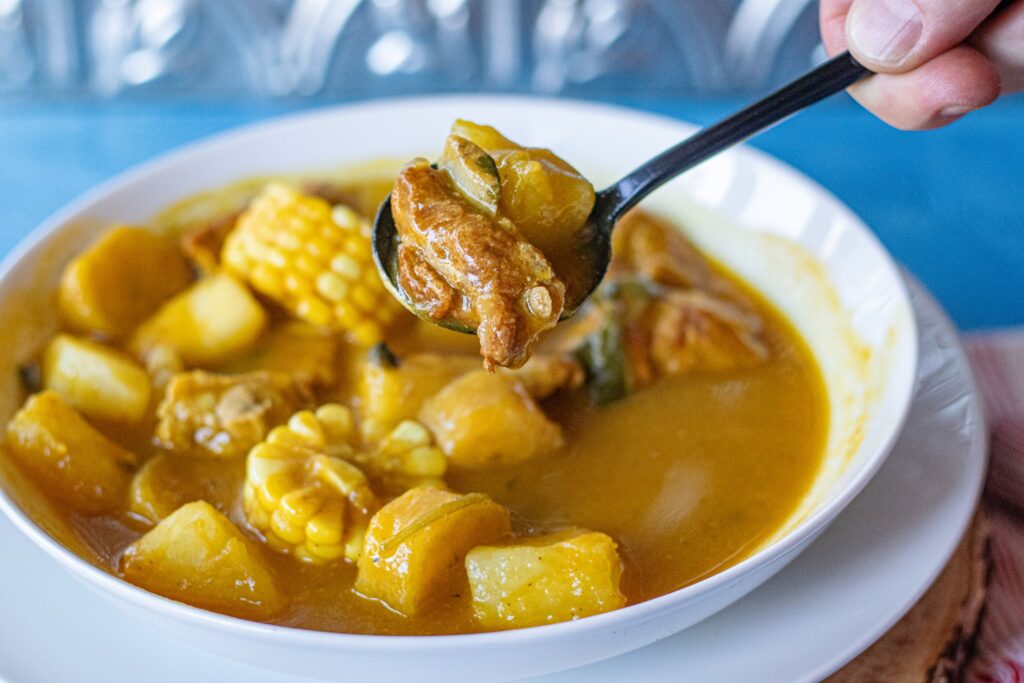
- Patience is Key: Allowing the Sancocho to simmer slowly helps develop its deep, layered flavors.
- Balance the Meat: Using a variety of meats adds complexity. Don’t skip the marinating step, as it’s crucial for flavor.
- Don’t Overcook the Vegetables: Add the softer vegetables later in the cooking process to prevent them from turning mushy.
- Adjust Seasonings: Taste as you go and adjust the seasonings to your preference. Some like it more garlicky, while others prefer a stronger oregano flavor.
- Use Fresh Ingredients: Fresh vegetables and herbs make a noticeable difference in the taste of your Sancocho. Avoid using canned or frozen vegetables if possible.
- Let it Rest: After cooking, let the Sancocho sit for a few minutes before serving. This allows the flavors to settle and intensify.
- Reheat Gently: When reheating leftovers, do so gently over low heat to avoid overcooking the meats and vegetables.
These tips and tricks can help you perfect your Sancocho, ensuring it’s as delicious as possible. Patience and attention to detail are key, as they allow the flavors to develop fully. Using fresh ingredients and letting the stew rest before serving can make a significant difference in the final dish.
Frequently Asked Questions
Disclosure: Our blog contains affiliate links to products. We may receive a commission for purchases made through these links. However, this does not impact our reviews and comparisons. We try our best to keep things fair and balanced, in order to help you make the best choice for you.
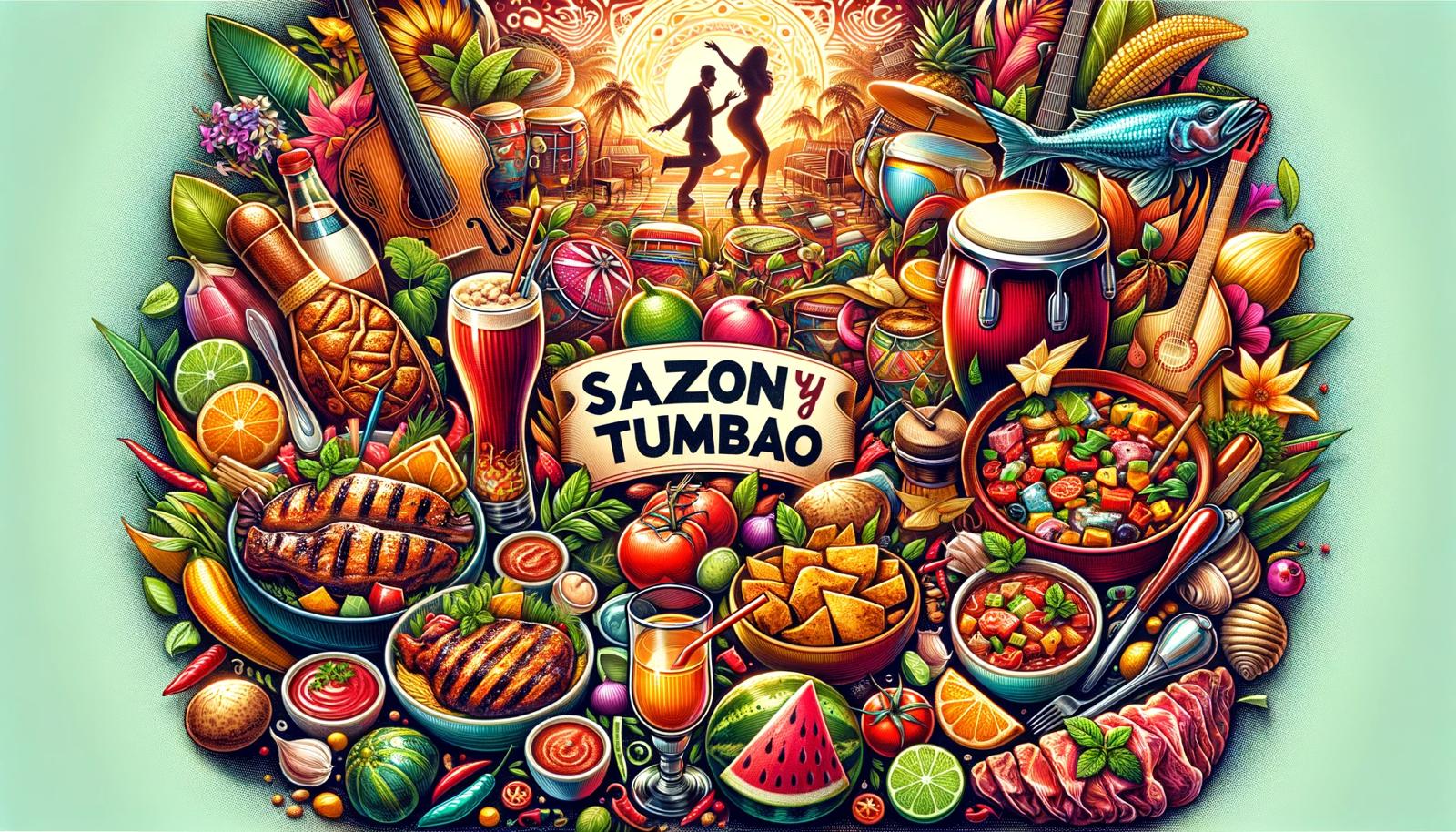
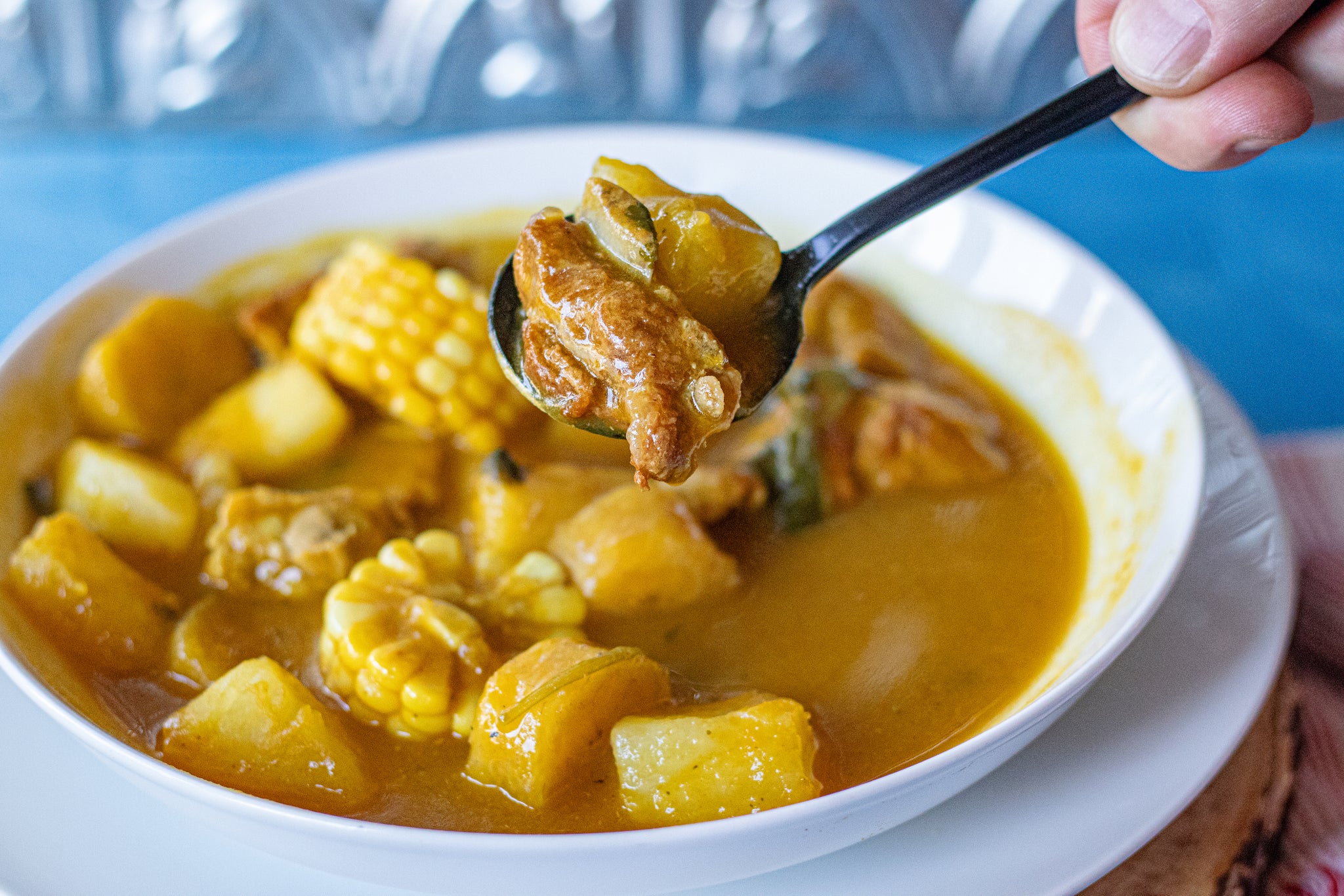

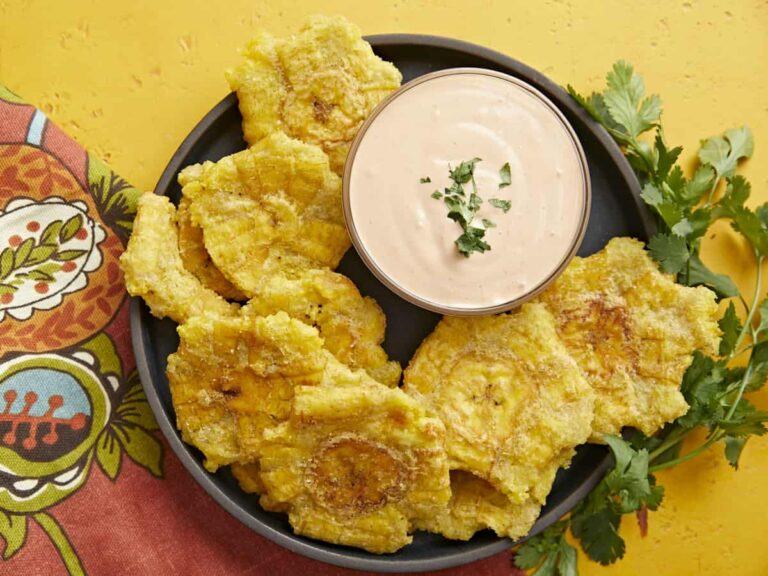
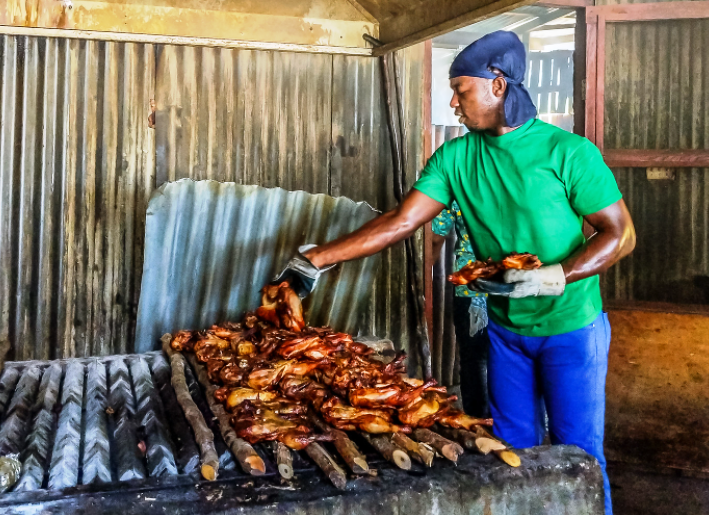
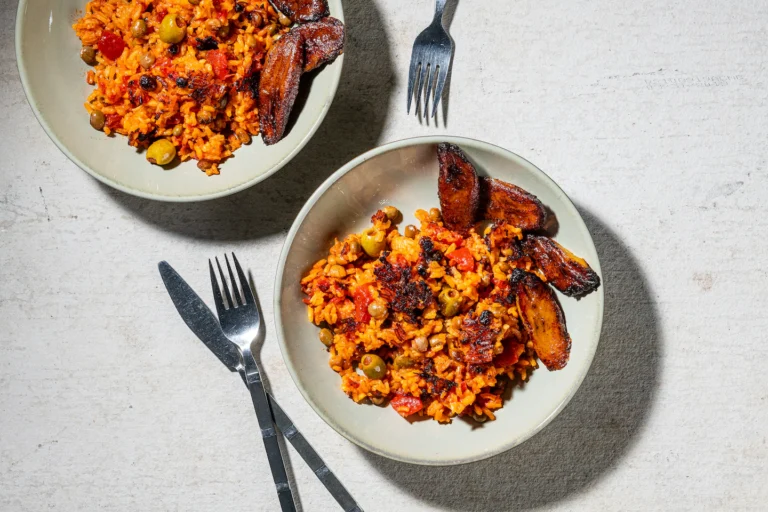


2 Comments